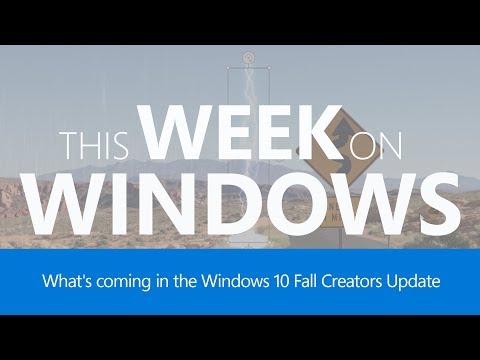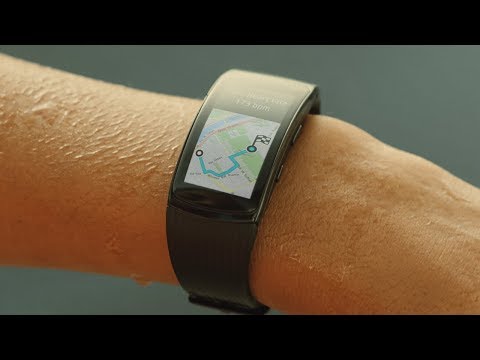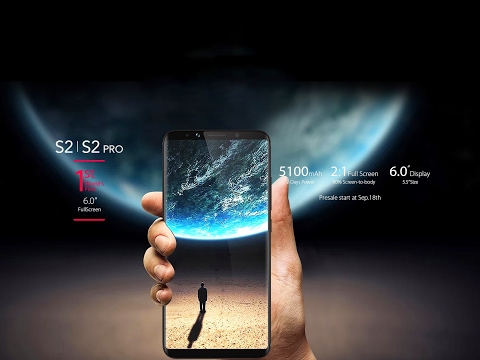
If you’ve had a recent bereavement, or there’s someone in the family suffering from a critical illness, we know that worrying about phone bills is the last thing on your mind. That’s why we want the process of contacting us about it to be as simple, quick and painless as possible – so that when you do get in touch, there’ll be one less thing to worry about.
Want to know what you should do if the worst should happen? We’ve been speaking to Tom Brammer, Customer Relations Team Leader at Vodafone UK, to find out…
What should I do following a bereavement?
“There are a number of ways that customers can contact us for a bereavement,” Tom Says. “If they want to contact us by phone, any of our agents will have the skill and knowledge to record all the relevant information for you.
“So if you dial 191 from a Vodafone phone you can speak to anyone about bereavement, but there’s also a dedicated line for bereavement and for critical illness: 03333 048050.”

Don’t feel like talking? No problem. “There’s also an online form here, which should be able to let you input all the information you need. Sometimes we’ll need to call you back, but we don’t want to be harassing people during a difficult time so we do try and keep everything as simple as we can.
“The operating hours that we advise our customers to contact us on is nine to five, Monday to Saturday, however the team here are available from 8am up until 9pm.”
What information do I need to hand?
“For a bereavement,” Tom explains, “there are a couple of different scenarios to consider. If you’ve got a UK-based death certificate, we’ll only require the death certificate reference – we don’t require a copy of the certificate itself.
“If the customer has died abroad then we would require a copy of the death certificate, in which case we’ll give you a postal address to send it to, or an email address, which is monitored throughout the day.”
Do I have to pay any outstanding bills?
“Once notified, we’ll remove any outstanding debts, so if a customer had been unable to pay, we’ll remove that from their account at the point of contact. However; if money has already been coming out of the account, we’ll only be able to disconnect the account from the time we get notified.”
“One thing we do differently to some of the other networks – we’ll cancel the line free of charge and allow people to keep any devices or hardware that are associated with that – whether that’s a phone, dongle, Wi-Fi router or anything else.”

Can I transfer their account to keep the number active?
“Some people ask to use the deceased’s phone for a while after the fact, and in that case, we can certainly transfer a Pay monthly account over to a family member, after going through all the necessary checks.
“That way they can still use the number; we don’t want to interrupt that service unnecessarily because we know people might want to keep a certain voicemail, while some friends and family members may still try to contact the deceased if they’ve not been informed.”
How does Critical illness work?
“Critical illness works similarly,” Tom explains. “You can call on the same number (03333 048050) and it doesn’t matter if you’re not the account holder, but if you’re calling on their behalf. You’ll need to have their personal details to hand for us to help and we require documentation stating what the illness it is, and based on that we’ll follow a similar process.”
“Overall, Tom says in closing, “we want things to be as simple as possible all round, and we’re currently in a process of trying to make the process even smoother.”
What should you do if your phone is lost or stolen? Find out who to call and what happens next.
Where to next?
The post Vodafone UK basics: What to do following a bereavement or critical illness appeared first on Vodafone Social.
Source: Official Vodafone Blog
—






 With urban pressures increasing year by year, the Smart City concept has been developed as an approach to sustainable urban development. A growing number of governments worldwide are building Smart Cities via an impressive array of leading-edge ICT technologies, such as cloud computing, the Internet of Things (IoT), Big Data, and mobility. These technologies aggregate, share, and converge city-wide resources to provide real-time, efficient, and intelligent information services.
With urban pressures increasing year by year, the Smart City concept has been developed as an approach to sustainable urban development. A growing number of governments worldwide are building Smart Cities via an impressive array of leading-edge ICT technologies, such as cloud computing, the Internet of Things (IoT), Big Data, and mobility. These technologies aggregate, share, and converge city-wide resources to provide real-time, efficient, and intelligent information services.








